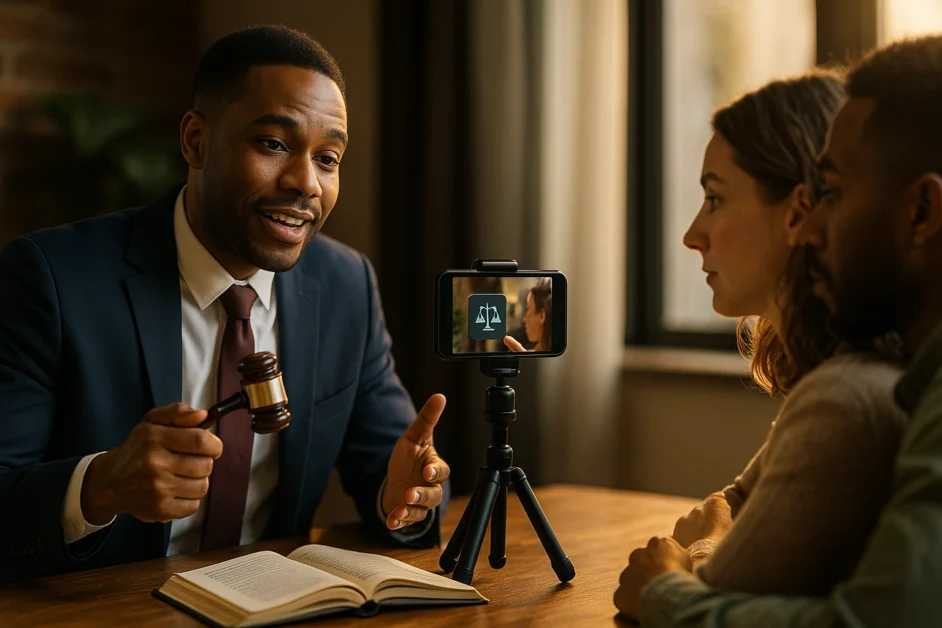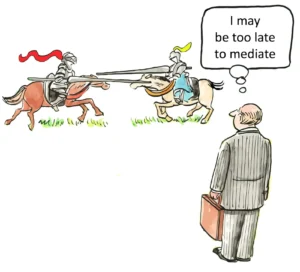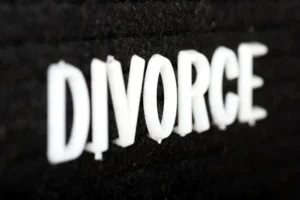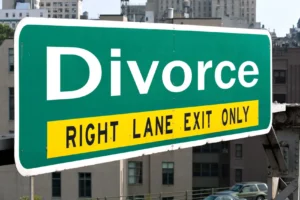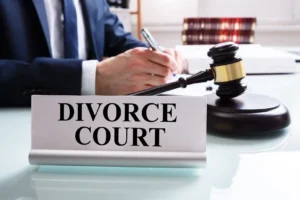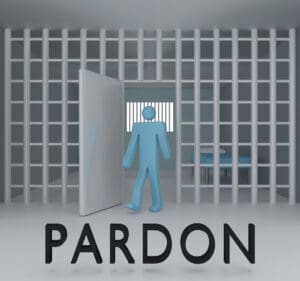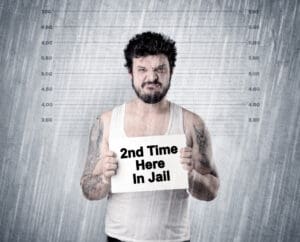The legal profession is in the midst of a digital revolution, and nowhere is this more apparent than in the surge of bite-sized legal tips delivered through short videos. As law firms and solo practitioners seek new ways to connect with clients, educate the public, and build trust, the use of short-form video content has become a defining trend. The question is not whether attorneys should embrace this approach, but how they can do so effectively, ethically, and strategically. In this comprehensive exploration, we examine the rise of short legal videos, the best practices for their creation, the legal and ethical boundaries, and the profound impact they are having on client engagement and the broader legal marketplace.
The appeal of bite-sized legal tips lies in their simplicity and accessibility. Legal matters are often intimidating to the average person, filled with jargon, complex procedures, and high stakes. Traditional legal content-long articles, dense case studies, or hour-long webinars-can overwhelm or alienate potential clients. Short videos, by contrast, break down intricate legal concepts into easy-to-understand explanations, making the law approachable and actionable. Whether it’s a 30-second TikTok on what to do after a fender-bender or a one-minute YouTube Short explaining the basics of estate planning, these videos empower viewers to take the first step toward resolving their legal issues.
The power of video in legal marketing is supported by compelling data. According to industry research, over 90% of consumers say that video helps them make purchasing decisions, and law is no exception. Law firms that incorporate video marketing for lawyers into their strategies consistently report higher engagement rates, increased website traffic, and improved conversion rates. The reason is clear: video is a medium that fosters connection, builds credibility, and allows attorneys to showcase their expertise in a personable, relatable way.
But producing effective client education videos requires more than simply turning on a camera and talking about the law. It demands a strategic approach rooted in understanding the needs and preferences of the target audience. The first step is to set clear goals for the video campaign. Are you seeking to increase brand awareness, drive traffic to your website, generate leads, or simply educate the public? Each objective requires a slightly different approach to content, tone, and distribution.
Audience research is essential. Successful law firms use tools like YouTube Analytics and Facebook Insights to identify the demographics, interests, and behaviors of their viewers. This data informs everything from topic selection to video length and posting schedule. For example, a family law practice serving young parents may find that Instagram Reels and TikTok are ideal platforms, while a business law firm targeting executives may prioritize LinkedIn and YouTube.
Keyword research is another critical component of video SEO for lawyers. By identifying high-volume, low-competition keywords relevant to your practice areas-such as “personal injury lawyer tips,” “how to contest a will,” or “tenant rights explained”-you can create content that aligns with what potential clients are searching for online. Incorporating these keywords naturally into video titles, descriptions, and tags helps boost visibility and ensures that your videos reach the right audience.
The creative process begins with developing a clear concept and writing a concise script. The best legal explainer videos focus on a single topic, use plain language, and avoid unnecessary jargon. They open with a hook-a compelling question, a surprising fact, or a relatable scenario-to capture the viewer’s attention within the first few seconds. The body of the video delivers actionable advice or clarifies a common misconception, while the conclusion offers a call to action, such as visiting the firm’s website or scheduling a consultation.
Production quality matters, but it need not be a barrier. Modern smartphones are capable of recording high-definition video, and basic editing software can help polish the final product. What matters most is authenticity, clarity, and professionalism. The attorney should appear confident, approachable, and knowledgeable, speaking directly to the camera as if addressing a client in person. Good lighting, clear audio, and a distraction-free background all contribute to a positive viewer experience.
Short-form video platforms like TikTok, Instagram Reels, and YouTube Shorts have democratized legal marketing, allowing even small firms to compete with larger rivals. These platforms reward creativity, consistency, and engagement. For example, a series of “Legal Tip Tuesday” videos can establish a regular cadence that keeps viewers coming back for more. Behind-the-scenes glimpses of law firm life, quick answers to frequently asked questions, and myth-busting segments all perform well in this format.
The use of legal microlearning-delivering focused lessons in under a minute-caters to the modern viewer’s preference for quick, actionable information. This approach not only increases retention but also positions the attorney as a thought leader who respects the viewer’s time. Practice area overviews, animated explainers, and visual case studies are all effective ways to communicate value and expertise in a short time frame.
Ethical considerations are paramount in the creation of legal video marketing content. Attorneys must adhere to the advertising rules set forth by the American Bar Association and their state bar associations. This means avoiding misleading claims, ensuring that all information is accurate and current, and refraining from direct solicitation where prohibited. Videos should clearly identify the attorney or firm, avoid revealing confidential client information, and disclose any paid endorsements or testimonials.
Transparency extends to the structure of the videos themselves. If dramatizations or hypothetical scenarios are used, this should be disclosed to avoid misleading viewers. The tone should remain professional and respectful, steering clear of sensationalism or tactics that could undermine the dignity of the profession. By following these guidelines, law firms can use social media legal content to attract new clients while maintaining the highest ethical standards.
One of the most effective ways to build trust is through client testimonials and case studies. Video testimonials from satisfied clients, when compliant with advertising rules, provide powerful social proof of the attorney’s competence and dedication. Case study videos can walk viewers through a legal challenge, the attorney’s approach, and the successful resolution, all while maintaining client confidentiality. These stories humanize the firm and make the abstract world of law tangible and relatable.
The impact of engaging legal content extends beyond client acquisition. Short videos can also be used for internal training, continuing legal education, and community outreach. Law firms that invest in video marketing often find that it enhances their reputation not only with clients but also with peers, judges, and regulators. It signals a commitment to transparency, education, and public service.
From a conservative perspective, the rise of digital legal marketing is both an opportunity and a challenge. On one hand, it allows attorneys to compete on a level playing field, reaching clients directly without the need for expensive advertising campaigns. On the other, it raises questions about the commoditization of legal services and the potential for misinformation to spread. The key is to strike a balance between accessibility and professionalism, ensuring that the public receives accurate, reliable information while preserving the integrity of the legal profession.
Law firms should also be mindful of the legal risks associated with video content. In addition to advertising rules, attorneys must comply with data privacy and security regulations. Videos that reference client matters must avoid revealing confidential information, and any use of client testimonials should be fully compliant with relevant standards. Accessibility is another important consideration-adding closed captions and audio descriptions ensures that content is available to all viewers, regardless of ability.
The process of creating short-form legal videos can be streamlined by repurposing existing content. For example, a recorded webinar can be edited into a series of short clips, each focusing on a different aspect of the topic. Frequently asked questions from client consultations can be turned into a regular video series. Even written blog posts can be adapted into video scripts, maximizing the return on investment for each piece of content.
Distribution is as important as creation. Law firms should share their videos across all relevant platforms, including their website, social media channels, email newsletters, and legal directories. Embedding videos on practice area pages can improve website engagement and search engine rankings. Encouraging viewers to like, share, and comment on videos increases reach and fosters a sense of community.
The analytics provided by platforms like YouTube and Facebook offer valuable insights into what works and what doesn’t. Metrics such as watch time, click-through rate, and audience retention can inform future content decisions. Law firms should regularly review these analytics and adjust their strategies accordingly, focusing on the topics, formats, and platforms that deliver the best results.
The rise of attorney video strategy reflects broader changes in how people seek and consume information. Clients expect legal information to be accessible, relevant, and delivered in formats they prefer. By meeting these expectations, law firms can differentiate themselves in a crowded marketplace and build lasting relationships based on trust and value.
The legal implications of digital content creation are significant. As more firms adopt video strategies, regulators are paying closer attention to compliance. Failure to adhere to advertising rules or privacy laws can result in fines, disciplinary action, or reputational harm. Law firms should implement internal review processes to vet all video content before publication, ensuring that it meets both legal and professional standards. Regular training on evolving regulations can help attorneys stay ahead of potential pitfalls.
Beyond compliance, the strategic use of social media legal content offers opportunities to build community and foster loyalty. By engaging with viewers in the comments, responding to questions, and sharing timely updates, attorneys can create a sense of connection that goes beyond traditional marketing. This approach not only attracts new clients but also encourages existing clients to return for future legal needs.
The trend toward legal microlearning reflects broader changes in how people consume information. Short, focused lessons are more likely to be retained and acted upon than lengthy lectures or dense articles. Law firms that embrace this model can position themselves as forward-thinking and client-centered, appealing to a generation of consumers who value efficiency and clarity.
As the digital landscape continues to evolve, so too will the opportunities and challenges associated with attorney video strategy. New platforms, changing algorithms, and shifting consumer preferences will require law firms to remain agile and adaptable. Those that invest in ongoing education, monitor industry trends, and solicit feedback from clients will be best positioned to succeed.
The integration of engaging legal content into a firm’s marketing strategy is not merely a trend-it is a response to the realities of modern communication. Clients expect information to be accessible, relevant, and delivered in formats they prefer. By meeting these expectations, law firms can differentiate themselves in a crowded marketplace and build lasting relationships based on trust and value.
In summary, bite-sized legal tips delivered through short videos represent a transformative shift in how law firms educate and engage clients. By focusing on clarity, compliance, and client needs, attorneys can leverage this medium to enhance their reputation, expand their reach, and ultimately serve their clients more effectively. The future of legal marketing belongs to those who are willing to innovate, adapt, and uphold the highest standards of the profession while embracing the tools of the digital age.
The adoption of bite-sized legal tips through short videos is not just a marketing tactic; it is a reflection of a deeper shift in the attorney-client relationship. Clients are no longer passive recipients of legal advice-they are informed, empowered, and expect transparency from their legal representatives. Short videos provide a platform for attorneys to demystify the law, answer pressing questions, and demonstrate their commitment to client service.
One of the most effective uses of short videos is the “FAQ” format, where attorneys address the most common questions they receive in their practice areas. This not only saves time for both the attorney and the client but also establishes the attorney as a helpful resource. For example, a personal injury lawyer might create a series of videos on what to do immediately after an accident, how to deal with insurance adjusters, and what to expect during the claims process. Each video is short, focused, and provides actionable advice.
Another powerful approach is the use of animated explainer videos to simplify complex legal processes. For instance, an estate planning attorney might use animation to illustrate the steps involved in creating a will or trust, making the process less intimidating for clients. These videos can be shared on the firm’s website, social media, and even in client meetings to reinforce key points.
Law firms are also leveraging short videos to highlight recent legal developments and explain how they affect clients. By staying current and providing timely updates, attorneys position themselves as thought leaders and trusted advisors. This is particularly important in areas of law that are subject to frequent change, such as employment law, immigration, or tax.
The use of practice area overview videos is another effective strategy. These videos provide a high-level summary of the firm’s services, approach, and unique value proposition. They help potential clients understand what to expect when working with the firm and can be a deciding factor in the selection process.
Client testimonials, when done ethically and in compliance with advertising rules, are among the most persuasive forms of video content. Hearing directly from satisfied clients about their positive experiences builds trust and credibility. These videos should focus on the client’s journey, the challenges they faced, and how the attorney helped them achieve a favorable outcome.
Behind-the-scenes videos offer a glimpse into the firm’s culture and values. They humanize the attorneys and staff, making the firm more approachable and relatable. These videos can showcase community involvement, pro bono work, or simply the day-to-day operations of the practice.
The technical aspects of video production should not be overlooked. Good lighting, clear audio, and a professional setting all contribute to the quality of the final product. Attorneys should invest in basic equipment or work with professionals to ensure that their videos reflect the standards of the firm.
Distribution is key to maximizing the impact of short-form legal videos. Law firms should publish their videos on multiple platforms, including their website, YouTube, Facebook, Instagram, LinkedIn, and TikTok. Each platform has its own audience and best practices, so content should be tailored accordingly. For example, TikTok and Instagram Reels favor shorter, more informal videos, while LinkedIn and YouTube may support longer, more in-depth content.
Search engine optimization (SEO) is critical to ensuring that videos are discoverable. This includes using relevant keywords in titles, descriptions, and tags, as well as adding transcripts and closed captions. Embedding videos on the firm’s website can improve both user engagement and search rankings.
Law firms should also encourage viewers to interact with their videos by liking, sharing, commenting, and subscribing. This not only increases reach but also signals to algorithms that the content is valuable, further boosting visibility.
Analytics play a crucial role in refining video strategy. By tracking metrics such as views, watch time, engagement, and conversion rates, law firms can identify what works and what doesn’t. This data-driven approach allows for continuous improvement and ensures that resources are allocated to the most effective tactics.
The legal and ethical landscape surrounding video marketing for lawyers is constantly evolving. Attorneys must stay informed about changes to advertising rules, privacy laws, and platform policies. Regular training and consultation with legal marketing experts can help firms navigate these complexities and avoid potential pitfalls.
In conclusion, the use of bite-sized legal tips through short videos is revolutionizing the way law firms educate, engage, and serve their clients. By embracing this trend, attorneys can build stronger relationships, enhance their reputation, and achieve greater success in an increasingly competitive marketplace. The key is to focus on quality, compliance, and client needs, leveraging the power of video to make the law accessible, understandable, and actionable for all.
Citations:
- Write Like the Best Legal Writers: Justia Webinar on Legal Writing Skills
- 10 Amazing Video Marketing Tips for Lawyers to Boost Engagement
- Let’s Talk Legal Marketing with Gerry Oginski: Insights for Law Firms
- Top 5 Essential Law Firm Video Trends for Client Engagement
- Video Marketing for Lawyers: A Simple Guide to Digital Success
- Why Lawyers Should Use Attorneys.Media for Digital Legal Marketing
- YouTube Shorts for Lawyers: Maximizing Short-Form Video Content
- 10 Video Marketing Examples from Lawyers Doing It Right
- Legal Writing Masterclass: Improve Your Skills with Justia Webinar
- Bite-Sized Content Helps Avoid User Fatigue: Pharma Industry Insights
- Bite-Sized Legal Research Tutorial: Guide to Foreign Legal Gazettes
- Short-Form Video for Law Firms: Best Practices and Strategies
- Long-Form vs Short-Form Content: Choosing the Right Format
- Short-Form Video Ideas for Your Law Firm’s Marketing
- Creating Effective Short-Form Videos for Law Firms
- Short-Form Video Services for Law Firms: TDL Legal Solutions
- Bite-Sized Legal Webinar Series: Faegre Drinker Insights
- Beginner’s Guide to Repurposing Long-Form Content into Short-Form
- Video Marketing for Lawyers: Comprehensive Guide by Rankings.io
- Short-Form Videos for Law Firms: Coash Court Reporting and Video

